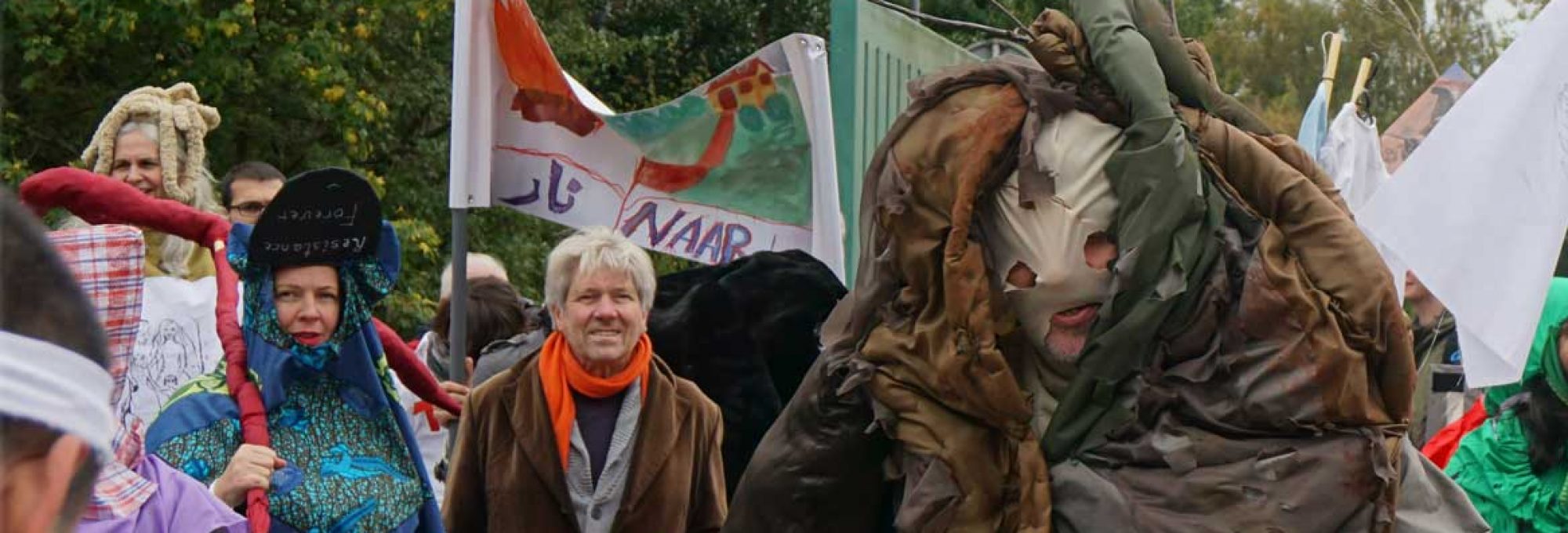The problem of migration is one of socio-political problems that have been stirring the Western social conscience up for the last few decades, generating all kinds of attitudes: from roaring optimism to deep disillusionment with the methods and strategies of the Western state multicultural policy.
All the more urgent is this problem for Russia which, unlike Western countries, does not have any elaborate and long-term migration policy. That is why sanguinary conflicts between people from different cultural backgrounds on the same territory arise regularly and lead to predictable consequences. In other words, uncompromising ethnical and cultural clashes and deliberate confrontations of various groups became a regular cultural mechanism in Russia, and its price is the human right to life. Thus the state principle of dividing and ruling is implemented in Russia. Naturally, any productive cultural dialogue and social unity on the basis of diversity is out of question.
The core of the problem is the degradation of traditional forms of social unity and reconciliation. The Russian liguistic, sociocultural and labor policy based on the repression of dissidence, cruel coercion to state order and driving social problems out of the sphere of public attention, doesn’t solve the problem but only aggravates it. The discourse of power creates an acute deficit of communicative codes and leads to the disintegration of intercultural languages, and consequently, mutual understanding between representatives of different cultures.
The Wings of Migrants, a social and critical video project, is concerned with searching and exploring additional tools for intercultural exchange amid the total and dramatic Russian conflict of ethnocultural positions. For that purpose the authors (director Natalya Pershina and procuder Olga Sezneva) turn to the most archaic layer of human culture: dance. Migrant workers from Uzbekistan and Tajikistan who have become in recent years the main slave force on the markets of the wild Russian capitalism, enter a dancing exchange with young and progressive majority language speakers. By all appearances, the ones understand fairly well the others.
The dance is represented as the opposite to the fear of the other. This is what dance has in common with laughter that overcomes fear in ludic and poetical contexts. So it is no coincidence that the figure of fear in the Wings of Migrants project is represented by an out-of-job Russian worker, speaker of the dominant language and of the discourse of power. He accuses the Uzbeks of his problems and this inevitably pushes the migrants into the sphere of the language that has a ‛low-class’ status in today’s Russian culture. And the dance grows from below there, expands and then breaks off, reminding of a medieval carnaval with its inversion of the low and the high and its tendency to eliminate the strict opposition between the two.
Dance as a communicative matrix is permeated with the sense of collective activity. In terms of evolution dance is one of the most ancient social rituals of union. Dance, as well as music, is a password that not only allows to identify oneself with a certain social group but also creates the group itself. Moreover, unlike verbal communication and verbal language, the language of dance is least subject to ideological influence and gives room for more flexible social connections than the opportunity spectrum prescribed by the dominant ideology. Dance as a non-verbal communication system is flexible, culturally stable and mobile. Language and speach consisting of words and their meanings are not.Building up new cultural meanings is always related to bringing in new experience and with the presence of another person in one’s space. The meaning emerges from the difference between the two. Dance, as represented in the Wings of Migrants covers up the functional distance between both more than convincingly. It turns out that the multicultural environment is not only a space of conflicts but also one of production and search for linguistic similatities and differences.
This train of thought seems to lie at the root of the Wings of Migrants movie that brings together several languages of art: from cinema and social theater of performance and modern dance. The socially critical scale of problems and goals set up by the project leads it far beyond the confines of art as such, however noble it may be. The project is a rare Russian example of a linguistic turn in art, calling attention to the lingustic modelling of social processes. In this way, the Wings of Migrants project is concerned not only with a single social problem but deals, more generally, with language as a social structure.
Denis Soloviev-Friedmann, Anjelika Artyukh
Translated by Vera Akulova.
